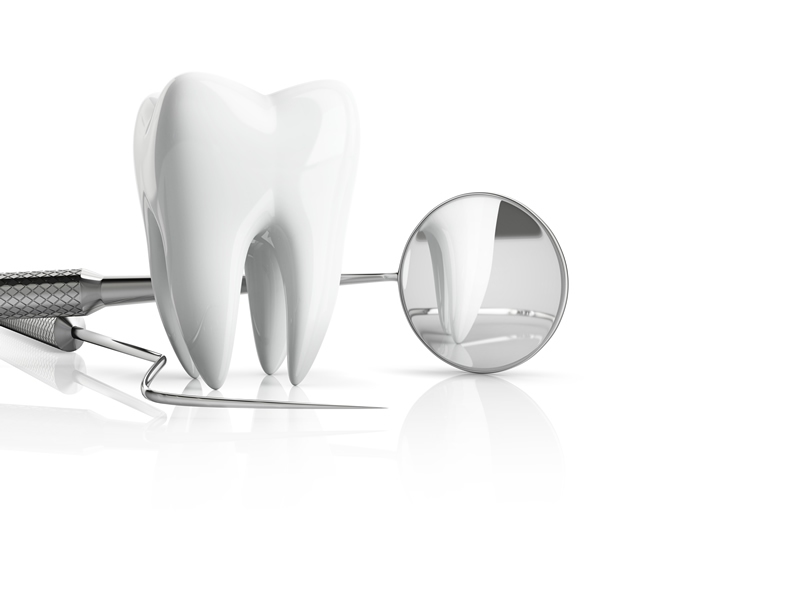You are here: Home » Insight hub » Case Studies » Surface Cleanliness of Dental Instruments
Surface Cleanliness of Dental Instruments
Introduction
One of Lucideon’s clients produces stainless steel dental instruments. A high level of surface cleanliness, and an aesthetically acceptable appearance of finished goods are critical requirements for the manufacturing process. Instruments that do not meet these criteria may be subjected to rework, consisting of additional, costly processing, or may have to be scrapped.
The Challenge
Dental instruments were developing dark spotting/staining on their surfaces during processing. Because of the varied operations sequence used for different instruments during manufacturing, a root cause of staining was not obvious. The problem occurred intermittently and to a varying degree, in spite of no changes to the manufacturing process itself.
What we Delivered
Lucideon performed analytical testing of surface residues present on stained dental instruments. Chemical leaching with ion chromatography (IC) was used to identify the major chemical species present and for comparison to liquids used in manufacturing. Testing matched the residual chemistry to a cleaning agent used at several points during processing. Lucideon visited the client’s facility and examined their instrument cleaning operation directly. Several possible routes for excess cleaner to remain on the part surfaces were observed. In addition, instrument types from various stages of manufacturing were collected to explore other possible contamination sources. Scanning Electron Microscopy (SEM) and Energy Dispersive X-ray Spectroscopy (EDS) were used to generate a chemical signature from each sample surface. Data were correlated as a function of manufacturing operation and residual cleaning agent was confirmed to be the primary source of contamination.
Value to the Client
The client was advised on how to eliminate the staining problem with specific recommendations for improvements to their cleaning operation. Alternative cleaning methods were suggested, including automated equipment and other classes of surface cleaner. In addition, use of an environmentally unfriendly cleaning process was analyzed and considered to be ineffectual, supporting its possible elimination and resultant savings. Re-assessment of instrument surface cleanliness was recommended following any related changes to the cleaning operation.
Lucideon’s expertise in analytical sciences allowed for identification of the chemical agent causing surface contamination in the client’s product. Lucideon’s targeted evaluation of the client’s process, coupled with manufacturing insight, confirmed the source of contamination and produced a viable solution to the client’s problem.
